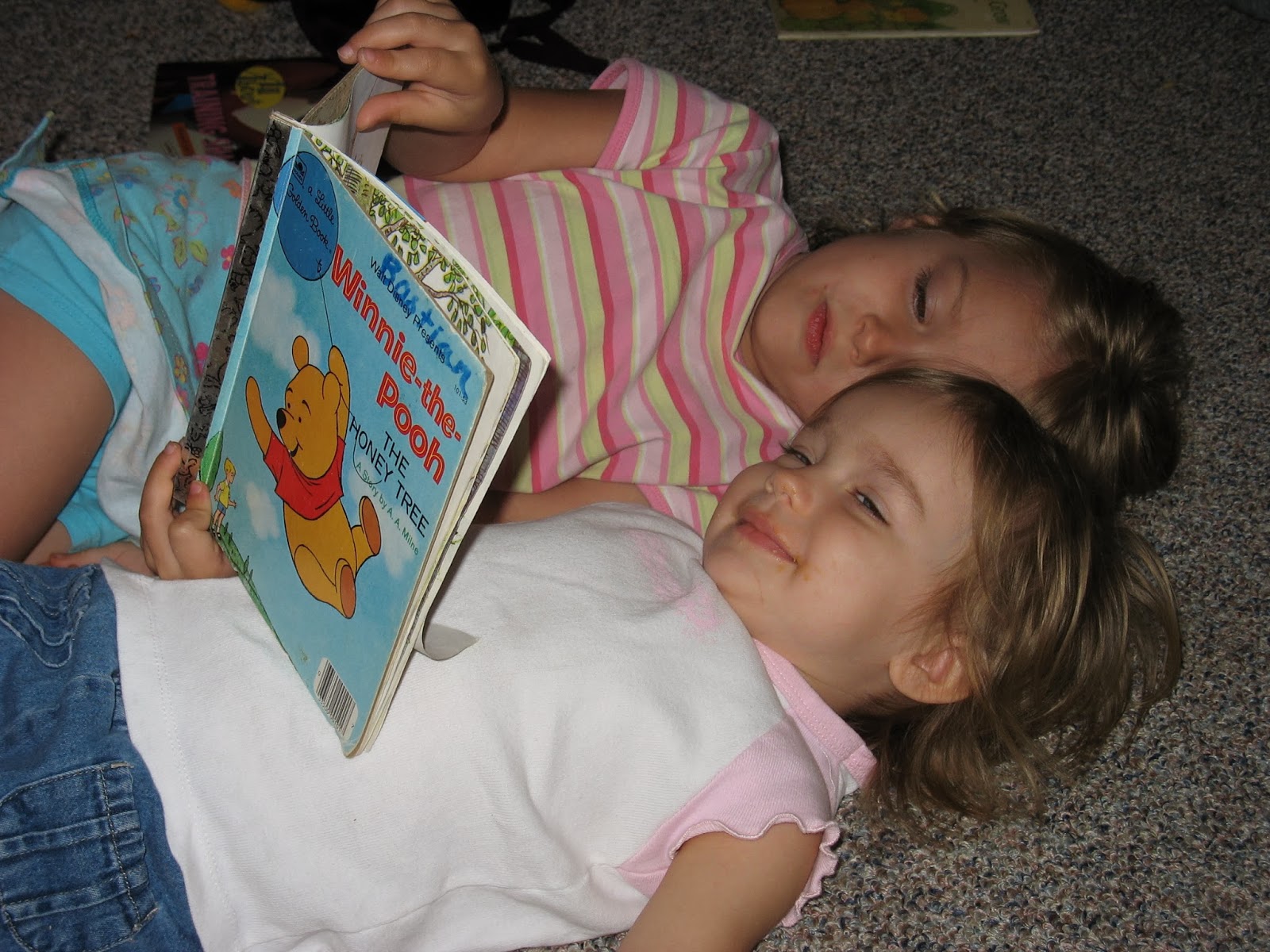One of the questions I am asked quite frequently is
"How do I determine the reading level of the books we are reading?"
First it must be decided which reading ability is being determined. Generally, people are most interested in determining independent reading level, the level at which a child can read with confidence, without help. Independent reading level is the level at which a child could sit on a couch, read with ease independently, and remember what was read (comprehension).
There is also an instructional reading level. Material at this level is used for instructional methods, where help will be available from a parent or instructor when there is question in regards to pronunciation or meaning. This is the level where progress occurs as the child is building reading skills. New vocabulary will likely be introduced, but is not the greater percentage of what is read, less frustration set in.
 The last level is the frustrational level. At the frustrational level, a child will become discouraged, often due to the large percentage of unknown words, setting the read aside. Children presented with a constant stream of materials (not just literature-based) with a high frustrational reading level will quickly become disheartened about learning.
The last level is the frustrational level. At the frustrational level, a child will become discouraged, often due to the large percentage of unknown words, setting the read aside. Children presented with a constant stream of materials (not just literature-based) with a high frustrational reading level will quickly become disheartened about learning.When considering reading level, it is important to determine the purpose of the reading. If the reading is for pleasure, independent reading or learning, an independent reading level would be best, since comprehension is greater at this level. Interestingly, if a child is motivated to learn content due to intrinsic interest, he or she will eagerly chunk through more difficult reads in search of the information being sought. The purpose of the reading (motivation) will be important when deciding which materials to make available.
There are many ways to determine reading level some more accurate than others, some more time-consuming. Here are a few to consider:
- Fry Readability Formula is the most widely known method for determining reading level. It was developed by Edward Fry. The formula and readability graph can be found here.
- The Flesch Formula, which paved the way for the Dale-Chall, can be found here.
- Dale-Chall and Spache is another readability formula. An explanation can be found here.
If you want to get a feel for whether or not your child could read a particular book independently, open the book being considered and have the child read aloud a page (or two paragraphs should it be a longer chapter book). If the child can read aloud the passage with less than five errors and can tell you what took place in that passage, the book is likely a good choice for an independent read.
Did you know you can check the readability of Word documents? Found out more here for Word 2003 and Word 2007.
Did you know you can check the readability of Word documents? Found out more here for Word 2003 and Word 2007.
You Tube Word Readability Tutorial


No comments:
Post a Comment